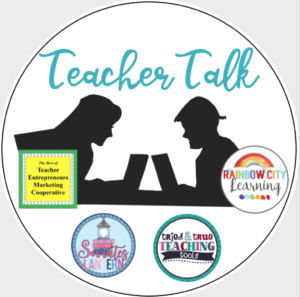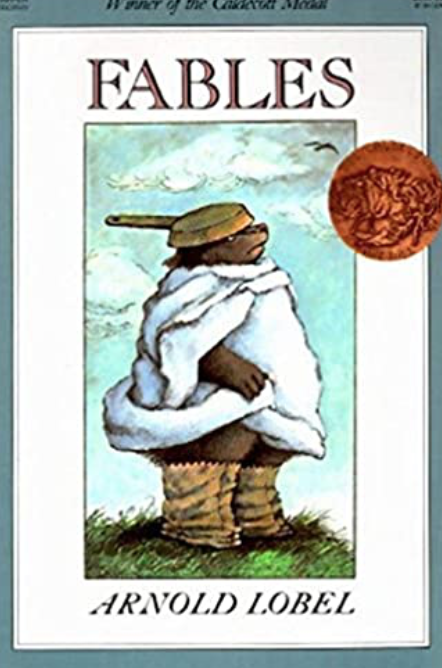Yes, teachers, it IS up to you!
The 2020 election brought different kinds of fears and tears to most, for different reasons. But one glaring term stood out to me: “uneducated.” I have something to say about that.
As a reading specialist who dealt mostly with students who would not eventually attend institutions of higher learning, I might say some of the “uneducated” have figured out something smart– going into high debt for a non-existent, “good” job is not a great plan.
Instead, I will tell you that I did encounter some difficulty teaching critical thinking skills to my students. Ninth grade English textbooks assumed that students had a foundation in critical thinking, but many did not have it. The texts often gave lip-service to higher-order skills, just a question here and there, but not an adequate procedure. I was also poorly educated to deal with kids who couldn’t decode the words in the textbooks they were provided. I discussed this problem and how I tried to solve it in this post:
How I Got the Textbooks I Needed
Teaching ninth grade English for three years, I found very few materials that truly helped my students actually develop critical thinking skills. I returned to the same university for a Masters’ Degree in Reading, and I became a reading specialist.
As I taught struggling readers in middle school for 10 years, I discovered that I had to spend at least 40% of my effort in motivation of children who had been unsuccessful for many, many years. When an opportunity opened, I moved to elementary school for 17 years until I retired.
With motivation less of a problem—beginning readers are mostly enthusiastic about learning to read—I decided that, besides decoding skills, I should also introduce young readers to important higher-level reading skills early so that these skills evolve more easily in higher grades. I developed some sequencing activities for grades K-3, such as
Where The Wild Things Are Sequencing Activity
Here is a different, interesting, and effective activity that I enjoyed with my second-grade classes. I think it made a critical thinking impression on them, even at their young age.
When reading Arnold Lobel’s Caldecott Medal Book Fables, I saved the fable The Frogs at Rainbow’s End for last. It is a story about three frogs who tell each other that there is gold in the cave at the end of the rainbow. When they find the cave, they all go inside and are eaten by a snake.
After reading this fable and discussing its inferential meaning with the students, I looked at my watch. I told them that we had to stop right then for a few minutes because I had been told that there would be a man at the back door of the school giving out five-dollar bills to everyone, so they should get up quietly and silently go to the back door. Granted, I could do this because my classroom was fairly close to the back door.
They all looked at each other, unsure what to do. I urged them on, and they all left, except one girl. We laughed together as they all sheepishly returned slowly, one by one, some taking a bit longer than others.
Rather than preaching or teaching from a worksheet, I had found one way to really make an impression about following the crowd to something they knew had to be ridiculous. I know part of the reason for doing it was that an authority figure was urging it, but I made the exact inferential meaning from this fable more meaningful to them in a memorable way. I still chuckle when I think about it.
I hope you did, too, while reading it, and I hope you will look for creative ways to teach critical thinking to all students at all levels. If we don’t teach these skills, who will?
© Reading Spotlight 2020
Here are some other interesting posts from my friends at TBOTEMC:

!– start InLinkz code –>


